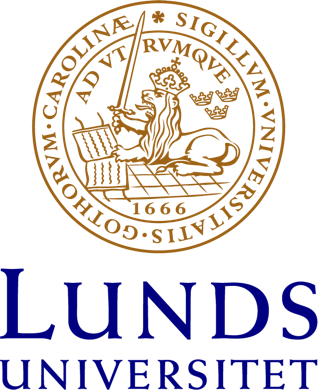Depletion of rabphilin 3A in a transgenic mouse model (R6/1) of Huntington's disease, a possible culprit in synaptic dysfunction
Smith R, Petersén Å, Bates GP, Brundin P and Li JY.Neurobiology of Disease 20: 673-84 (2005)AbstractHuntington's disease (HD) is a hereditary neurodegenerative disorder characterized by progressive psychiatric, cognitive, and motor disturbances. We studied the expression of synaptic vesicle proteins in the R6/1 transgenic mouse model of HD. We observed that the levels of rabphilin 3A, a protein in
